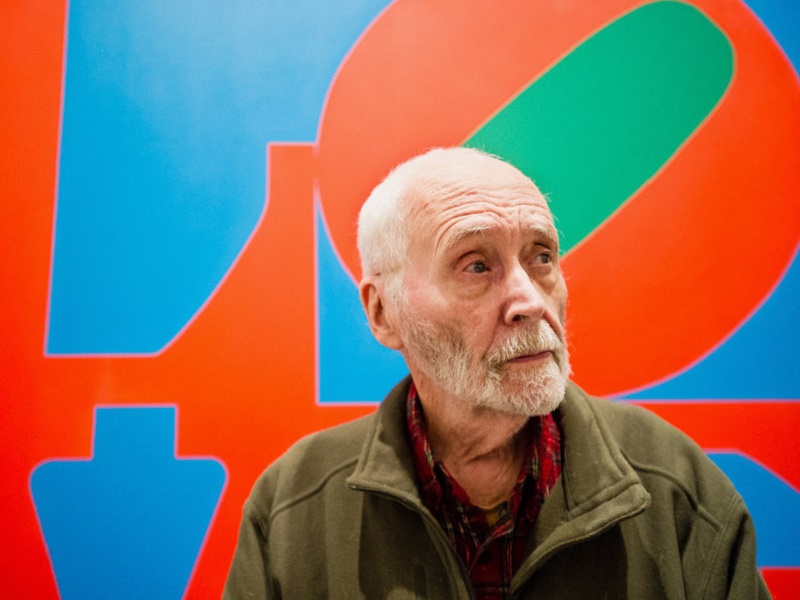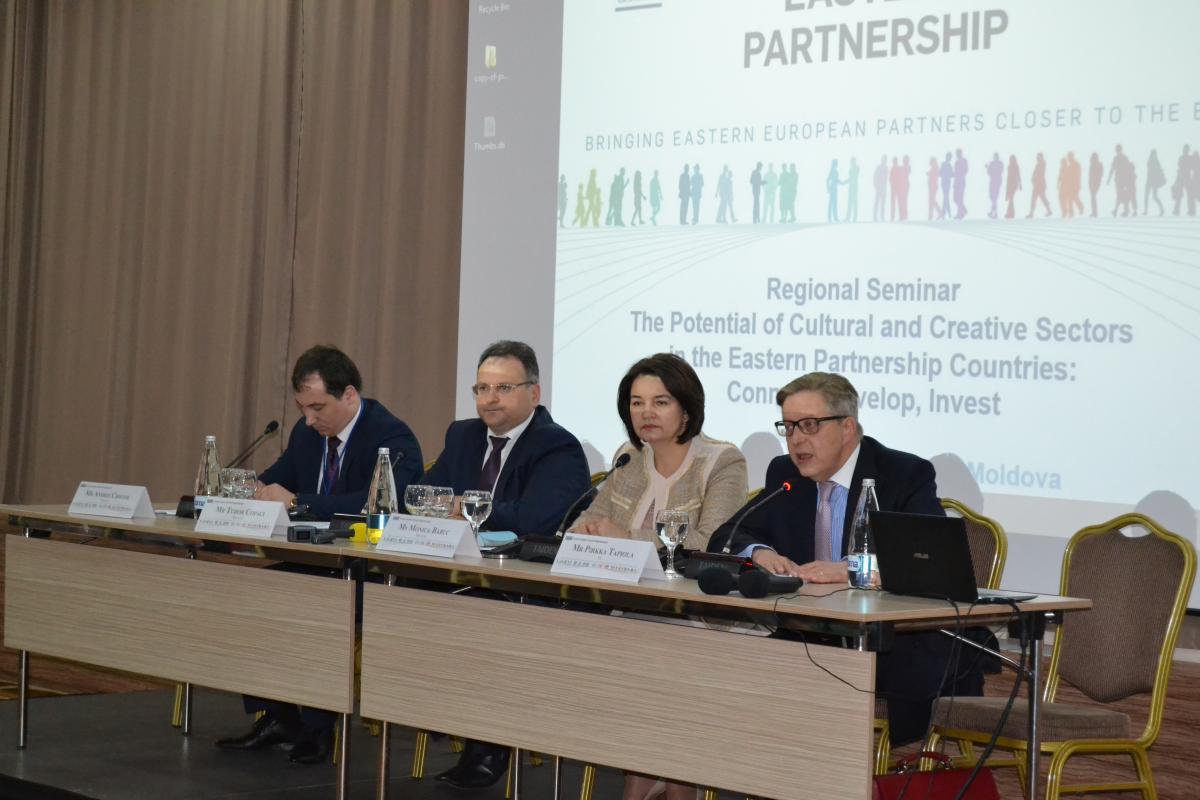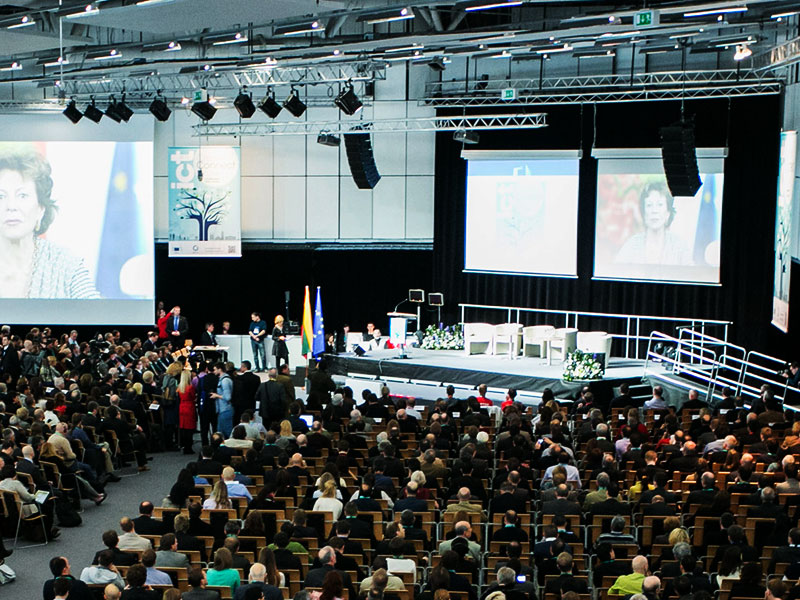
DEVELOPING PERFORMING ARTS SECTOR IN GEORGIA
In the whole Central and East-European region, the system of performing arts was designed, after WWII, according to the Soviet model: a large network of state-run repertory theatres, operas, philharmonics, etc., with permanent venues and permanent companies, and a tight control over the arts school and institutions that were to provide the work force for these institutions. More than two decades after the fall of the Iron Curtain, the institution-directed approach – public performing arts institutions as the main actor in the sector, absorbing the majority of public funds, and a legislative and fiscal framework generally designed for subsidized, permanent institutions – still remains dominant in the region, but is also considered to foster artistic continuity, creativity, and professionalization, and provide a consistent public service. After an initial enthusiasm for market-oriented strategies (that went, sometimes, up to the idea of a general privatization of performing arts institutions), the states in the region settled for supporting and regulating a Keynesian three sector model: a public sector (public institutions, subsidized according to different strategies), an intermediary sector (the so-called civil society; not-for-profit organizations with mixed funding – private sponsorship and public grants or subsidies), and a private one (the creative and cultural industries, for-profit companies).
In all three countries in the region (Estonia, Poland, and Slovenia) that will serve as comparative models in the following analysis, the private sector in the field of performing arts is underdeveloped, while the public one is dominant, with a growing intermediary sector supported by a diversity of public financing programs.
The high level of public (state) involvement in the performing arts is not specific to Eastern Europe, but to the European Union countries in general, following an approach developed after WWII. The aims of the state support for performing arts in Europe are related to: affordability/economic accessibility (classical music, opera, operetta, dance and theatre are the most expensive art forms); artistic diversity (the existence of a large variety of artistic approaches and languages, irrespective of their immediate market success); higher production standards; and higher employability (a socioeconomic factor that takes into consideration the irregular nature of work in performing arts). Additionally, financial support in the form of subsidies guarantees predictability of the artistic offer and professional stability.
Direct financial support – through subsidies and/or grants – is only one of the tools used by European states for creating opportunities of development and accessibility for both creators and participants. Other tools comprise fiscal breaks and deductions (both for producers, investors, sponsors, and for cultural workers), regulating working conditions and frameworks for mobility, 5 education and training, and spot-on public policies. Throughout the years, European states and the European Commission have worked towards designing cultural policies oriented towards accessibility and inclusion, promotion of cultural diversity, cooperation and mobility, decentralization, and trans-sectorial approaches. Cultural policy per se is oriented towards the development conditions of cultural production and participation, in accordance to public set objectives – including cross-sectorial ones, such as social cohesion, sustainable development, economic growth, employment, training and professional reconversion –, which are aimed at understanding culture not as a consumer of public funds, but as a producer of added value and a factor of economic and social development. It must be mentioned that generally the public policy documents at national and EU level recommend caution in the mechanical enforcement of the strict economic logic to the cultural field, since culture is considered to have value beyond its own realm as part of cross-sectorial dynamics. An approach to culture that became mainstream in Eastern Europe after an initial enthusiasm for liberalization and privatization, which swept the region (including the Russian Federation), also affected this field.
The cultural system – and the performing arts system even more – is, in fact, in a constant process of reshaping along lines taking into consideration, on the one hand, the changes in social practices and technology, and on the other, the balancing between state involvement and private initiative, social needs and market demands.




